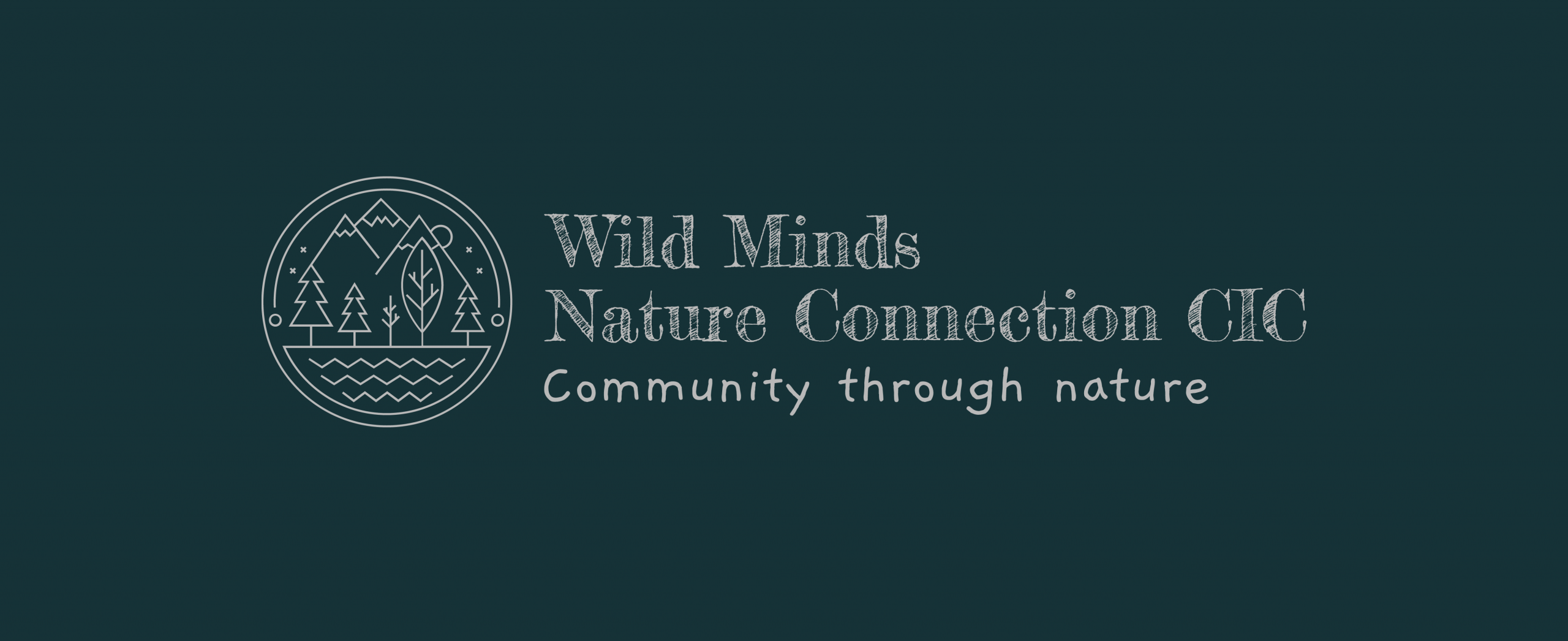Nature-based therapy, also known as ecotherapy, is a therapeutic approach that utilizes the natural environment to promote mental and emotional wellbeing. This form of therapy includes activities such as gardening, wilderness therapy, and animal-assisted therapy. In this blog, we explore the benefits of nature-based therapy and how it can support mental health.

Gardening Therapy
Gardening therapy involves working with plants and soil to improve mental health. The physical activity of gardening, combined with the sensory experiences of touching, smelling, and seeing plants, can reduce stress and anxiety. Gardening also provides a sense of accomplishment and purpose, which can boost self-esteem and mood. Therapeutic gardening programs often include structured activities and support from trained therapists, making it accessible for individuals with various mental health conditions.
Benefits of Gardening Therapy:
- Stress Reduction: The repetitive and rhythmic actions of gardening can be meditative, helping to reduce stress and promote relaxation. The physical activity involved in gardening also releases endorphins, which can improve mood and reduce anxiety.
- Sensory Engagement: Gardening engages all the senses, providing a rich sensory experience that can be soothing and grounding. The feel of soil, the scent of flowers, and the sight of vibrant colours can all contribute to a calming effect.
- Sense of Accomplishment: Watching plants grow and thrive can provide a sense of accomplishment and satisfaction. The act of nurturing and caring for plants can boost self-esteem and provide a sense of purpose.
How to Practice Gardening Therapy:
- Start Small: Begin with a small garden or a few potted plants. Choose plants that are easy to care for and suited to your environment.
- Set a Routine: Establish a regular gardening routine, such as watering, weeding, and planting. This routine can provide structure and predictability, which can be beneficial for managing anxiety and stress.
- Engage Your Senses: Take time to appreciate the sensory experiences of gardening. Notice the textures, smells, and colours of the plants and soil. Allow yourself to be fully present in the moment.
Wilderness Therapy
Wilderness therapy is an immersive experience in nature that combines outdoor activities with therapeutic interventions. Participants engage in activities such as hiking, camping, and team-building exercises, guided by trained therapists. The challenges and rewards of wilderness therapy can help individuals develop resilience, improve communication skills, and foster a sense of community. This form of therapy is particularly effective for adolescents and young adults, providing a supportive environment for personal growth and healing.
Benefits of Wilderness Therapy:
- Resilience Development: The physical and mental challenges of wilderness therapy can help individuals develop resilience and coping skills. Overcoming obstacles in nature can foster a sense of accomplishment and confidence.
- Improved Communication: Wilderness therapy often involves group activities that require teamwork and communication. These activities can help individuals develop social skills and build relationships.
- Sense of Community: The shared experiences and challenges of wilderness therapy can create a sense of camaraderie and community. Participants can support and encourage each other, fostering a sense of belonging.
How to Practice Wilderness Therapy:
- Join a Program: Look for wilderness therapy programs that are led by trained therapists and suited to your needs. These programs often include structured activities and therapeutic interventions.
- Engage in Outdoor Activities: Participate in activities such as hiking, camping, and team-building exercises. These activities can provide physical and mental challenges that promote personal growth.
- Reflect on Experiences: Take time to reflect on your experiences in nature. Discuss your thoughts and feelings with a therapist or group members. This reflection can help reinforce the therapeutic benefits of wilderness therapy.
Animal-Assisted Therapy
Animal-assisted therapy involves interactions with animals, such as dogs, horses, or birds, to promote emotional wellbeing. The presence of animals can provide comfort, reduce anxiety, and enhance social interaction. Activities such as horseback riding, dog walking, or bird watching can be incorporated into therapeutic sessions, offering a unique and engaging way to connect with nature. Animal-assisted therapy is beneficial for individuals with depression, PTSD, and other mental health conditions, providing a sense of companionship and unconditional support.

Benefits of Animal-Assisted Therapy:
- Emotional Support: Animals can provide comfort and companionship, helping to reduce feelings of loneliness and isolation. The presence of animals can also promote relaxation and reduce anxiety.
- Social Interaction: Interacting with animals can enhance social skills and encourage communication. Activities such as horseback riding or dog walking can provide opportunities for social engagement.
- Sense of Purpose: Caring for animals can provide a sense of purpose and responsibility. The act of nurturing and caring for animals can boost self-esteem and provide a sense of accomplishment.
How to Practice Animal-Assisted Therapy:
- Find a Program: Look for animal-assisted therapy programs that are led by trained therapists and suited to your needs. These programs often include structured activities and therapeutic interventions.
- Engage in Animal Activities: Participate in activities such as horseback riding, dog walking, or bird watching. These activities can provide emotional support and social interaction.
- Reflect on Experiences: Take time to reflect on your interactions with animals. Discuss your thoughts and feelings with a therapist or group members. This reflection can help reinforce the therapeutic benefits of animal-assisted therapy.
Forest Therapy
Forest therapy, or Shinrin-Yoku, is the practice of spending time in forest environments to improve health and wellbeing. This therapy involves slow, mindful walking and deep breathing, allowing individuals to absorb the healing qualities of the forest. Research has shown that forest therapy can reduce stress, lower blood pressure, and enhance mood. Guided forest therapy sessions often include mindfulness exercises and educational components, helping participants connect with nature on a deeper level.
Benefits of Forest Therapy:
- Stress Reduction: The calming effects of the forest environment can help reduce stress and promote relaxation. The natural sounds, sights, and smells of the forest can create a soothing atmosphere.
- Improved Physical Health: Forest therapy has been shown to lower blood pressure, reduce heart rate, and boost the immune system. The physical activity involved in walking can also improve cardiovascular health.
- Enhanced Mental Wellbeing: Spending time in the forest can improve mood, reduce anxiety, and enhance overall mental health. The mindfulness exercises and educational components of forest therapy can deepen the therapeutic experience.
How to Practice Forest Therapy:
- Find a Forest: Look for local forests or wooded areas where you can spend time walking and exploring.
- Walk Slowly: Walk at a slow and deliberate pace, paying attention to each step and the sensations in your body.
- Engage Your Senses: Notice the sights, sounds, and smells of the forest. Observe the colours of the leaves, the sound of birds, and the scent of the trees.
- Stay Present: Focus on the present moment and let go of any thoughts or worries. If your mind starts to wander, gently bring your attention back to your surroundings.
Horticultural Therapy
Horticultural therapy uses gardening and plant-based activities to promote mental health. This therapy can be conducted in various settings, including community gardens, therapeutic gardens, and indoor plant spaces. Horticultural therapy provides opportunities for social interaction, physical activity, and sensory engagement, making it a versatile and effective therapeutic approach. Participants can benefit from the calming effects of nature, the satisfaction of nurturing plants, and the therapeutic support of trained horticultural therapists.
Benefits of Horticultural Therapy:
- Social Interaction: Horticultural therapy often involves group activities that promote social interaction and teamwork. Participants can share their knowledge, exchange ideas, and collaborate on gardening projects.
- Physical Activity: Gardening provides physical activity that can improve cardiovascular health, strengthen muscles, and enhance flexibility. The physical activity involved in gardening also releases endorphins, which can improve mood and reduce anxiety.
- Sensory Engagement: Gardening engages all the senses, providing a rich sensory experience that can be soothing and grounding. The feel of soil, the scent of flowers, and the sight of vibrant colours can all contribute to a calming effect.
How to Practice Horticultural Therapy:
- Join a Program: Look for horticultural therapy programs that are led by trained therapists and suited to your needs. These programs often include structured activities and therapeutic interventions.
- Engage in Gardening Activities: Participate in activities such as planting, watering, and weeding. These activities can provide physical and mental benefits.
- Reflect on Experiences: Take time to reflect on your experiences in the garden. Discuss your thoughts and feelings with a therapist or group members. This reflection can help reinforce the therapeutic benefits of horticultural therapy.
Nature-based therapy offers a holistic approach to mental health, utilizing the healing power of the natural environment to support emotional wellbeing. Whether through gardening, wilderness experiences, animal interactions, forest immersion, or horticultural activities, nature-based therapy provides unique and effective ways to promote mental health. By embracing the therapeutic benefits of nature, individuals can find solace, resilience, and healing in the great outdoors.
Come and join us in nature: Here
